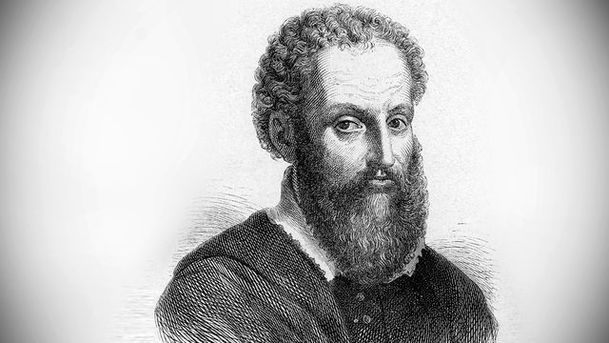In Our Time - Giorgio Vasari's Lives of the Artists

Melvyn Bragg discusses 'Lives of the Artists' - the great biographer Giorgio Vasari's study of Renaissance painters, sculptors and architects. In 1550 a little known Italian artist, Giorgio Vasari, published a revolutionary book entitled 'Lives of the Most Excellent Italian Painters, Sculptors, and Architects, from Cimabue to Our Times'. In it he chronicled the evolution of Italian art from the early pioneer Giotto to the perfection of Michelangelo. For the first time, Vasari set out to record artists' eccentricities and foibles as well as their artistic triumphs. We learn that the painter Piero di Cosimo was scared of the sound of bells, and witness Donatello shouting at his statues. But amongst these beguiling stories of human achievement, Vasari also explained his own theory of what made great art. In more recent decades, Vasari has been criticised for not allowing factual accuracy to get in the way of a good story. Nonetheless, the influence of his work has been unparalleled. It has formed and defined the way we think about Renaissance art to this day and some credit him with being the founder of the discipline of the history of art. Few artists that Vasari criticised have been comprehensively rehabilitated and Vasari's semi-divine trio of Michelangelo, Raphael and Leonardo are still seen as the apotheosis of artistic perfection. With: Evelyn Welch Professor of Renaissance Studies and Academic Dean for Arts at Queen Mary, University of London David Ekserdjian Professor of History of Art and Film at the University of Leicester Martin Kemp Emeritus Professor in the History of Art at the University of Oxford Producer: Thomas Morris.